When we think of dangerous wildlife, our minds often jump to the likes of bears and alligators. Yet, the United States is home to a wide array of animals that might seem harmless at first glance but can actually pose serious threats. From the depths of the ocean to the serene woodlands, these creatures are more menacing than they appear. Buckle up as we dive into the unexpected world of perilous wildlife that could be lurking in your backyard!
1. The Silent Menace of White-Tailed Deer
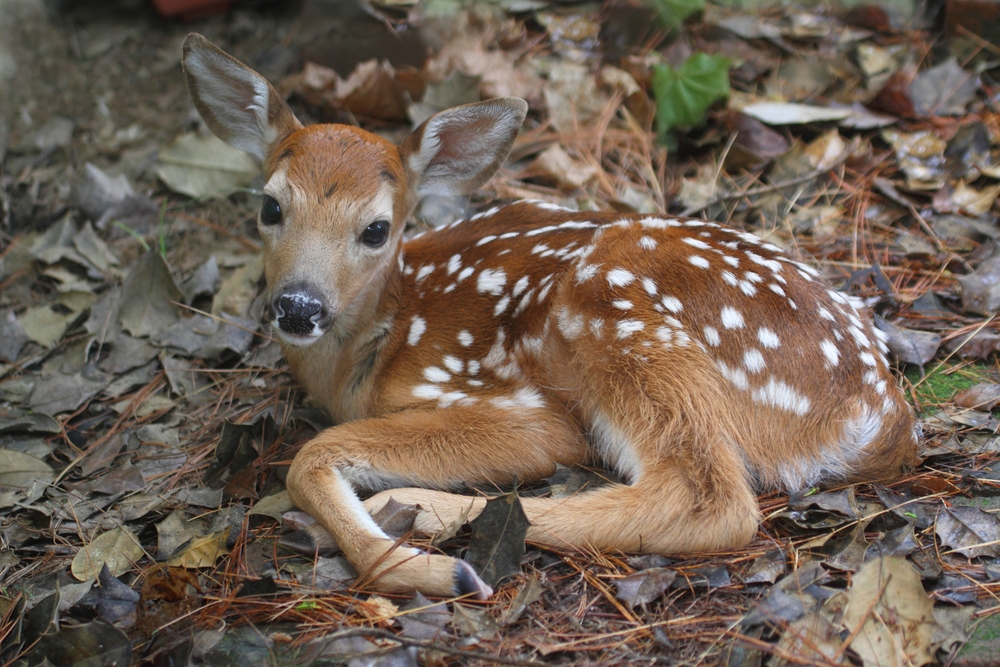
White-tailed deer are a common sight across the United States, often spotted grazing peacefully in suburban neighborhoods and rural areas. They might look gentle and harmless, but their presence poses significant risks, particularly on roads. According to the Insurance Institute for Highway Safety IIHS, deer-vehicle collisions cause over a million accidents annually, resulting in substantial damage, injuries, and even fatalities. These incidents peak during the fall mating season, when deer are more active and less cautious. The economic cost of these accidents is staggering, with damages running into billions of dollars each year.
Aside from traffic hazards, deer can also spread diseases like Lyme disease through ticks that thrive in deer-populated areas. This tick-borne illness can have serious long-term health effects on humans if not treated promptly. Furthermore, deer can decimate gardens and crops, leading to significant losses for farmers and gardeners alike. Their overpopulation can also result in habitat degradation, negatively impacting other wildlife species. In essence, while they may seem like adorable forest dwellers, white-tailed deer can be quite dangerous in various ways.
2. The Surprisingly Aggressive Swan
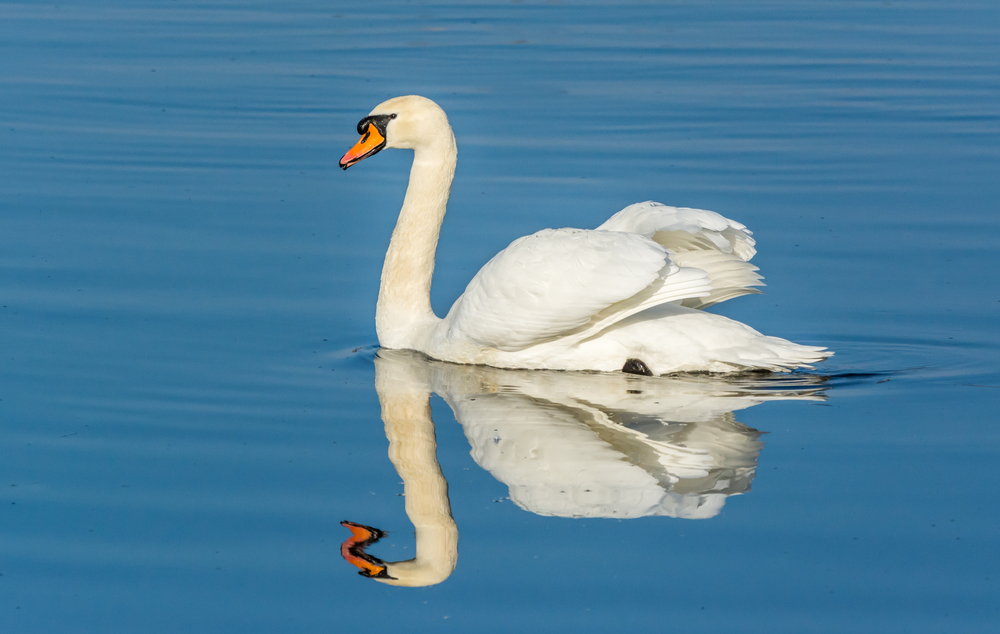
Swans often symbolize grace and beauty, gliding effortlessly over serene lakes. These majestic birds are a common fixture in parks and ponds, where they are often fed by admirers. However, swans can be fiercely territorial and protective, especially during nesting season. If they feel threatened or if someone gets too close to their nest, they can attack with surprising aggression. Swans are known to chase humans and animals away by flapping their powerful wings and pecking with their beaks.
These attacks can cause injuries, particularly to small children or pets who may not be able to defend themselves. Swans have been known to capsize small boats, putting boaters at risk of drowning or hypothermia. Additionally, they can be a threat to other wildlife, sometimes aggressively displacing native waterfowl in the areas they inhabit. Their territorial nature can disrupt ecosystems, especially when swan populations grow unchecked. So, while they may look elegant and harmless, it’s best to admire swans from a safe distance.
3. The Underestimated Power of the American Bison
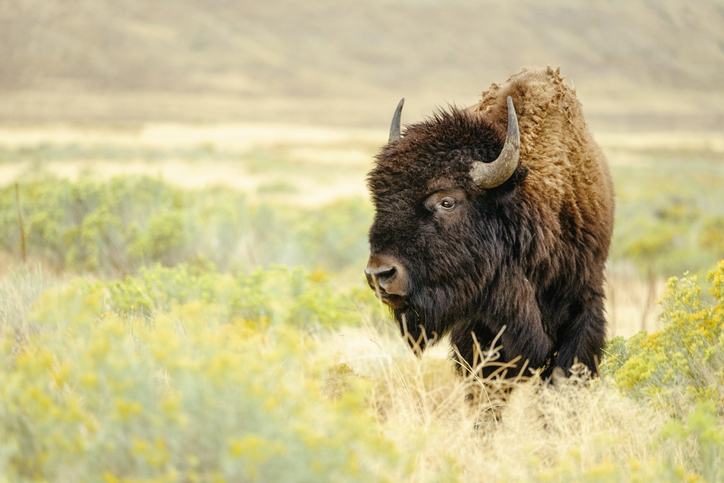
The American bison, also known as the buffalo, is an iconic symbol of the American West. These massive creatures can weigh up to 2,000 pounds and seem to lumber lazily across the plains. However, bison are anything but slow or lazy when provoked. Despite their size, they can run up to 35 miles per hour and are capable of jumping over fences. According to the National Park Service, injuries from bison attacks in Yellowstone National Park are more common than injuries from any other animals, including bears.
Bison attacks often occur when tourists get too close, ignoring safety warnings in the quest for a perfect photo. These animals have a strong herd instinct and will fiercely defend themselves if they sense danger. Their sharp horns and massive heads make them formidable opponents, capable of causing severe injuries. While they are primarily peaceful grazers, bison can become surprisingly dangerous if their space is invaded. It’s crucial to respect their territory and observe these majestic creatures from a safe distance.
4. The Venomous Bite of the Brown Recluse Spider
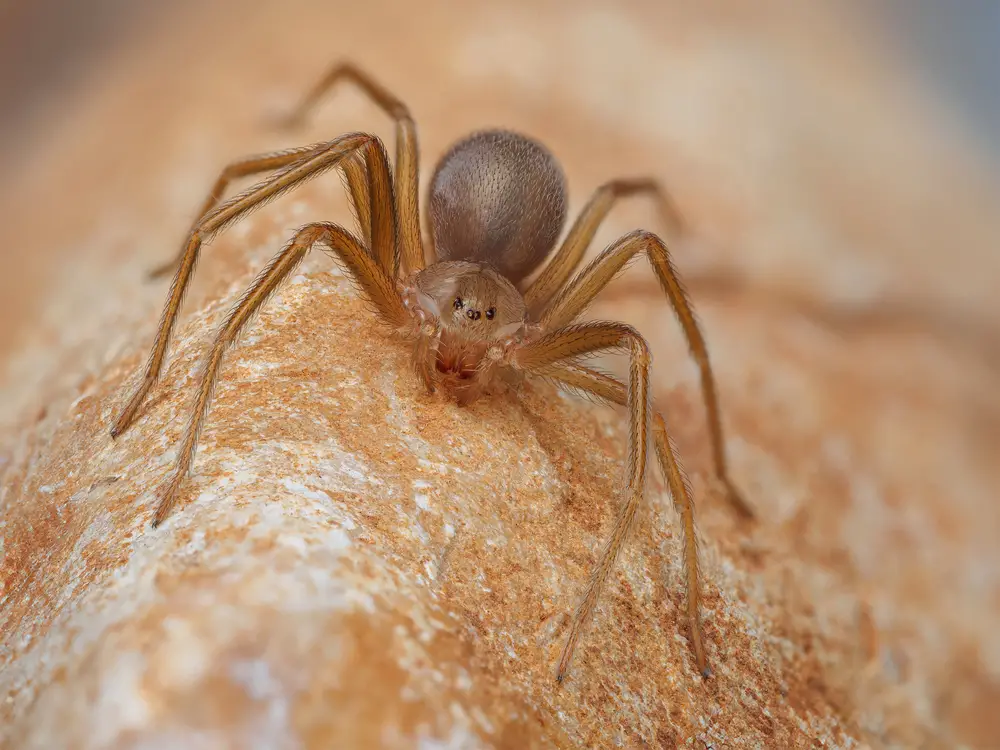
The brown recluse spider is a small and unassuming arachnid found throughout the southern and central United States. With its violin-shaped marking on the back, it may not look particularly menacing, but its bite can have serious consequences. The venom of a brown recluse can cause necrotic lesions, leading to severe tissue damage if not treated promptly. In some cases, the bite can result in systemic reactions, requiring medical intervention to prevent life-threatening complications.
These spiders are known for their reclusive nature, often hiding in dark, undisturbed areas like basements, closets, and attics. This behavior makes it easy for humans to unknowingly come into contact with them, increasing the risk of bites. It’s essential to take precautions by wearing gloves and long sleeves when cleaning or reaching into storage areas. Despite their small size, brown recluse spiders are a reminder that danger can lurk in the most unexpected places. Awareness and prevention are key to avoiding potentially harmful encounters with these eight-legged creatures.
5. The Protective Instincts of the Canada Goose
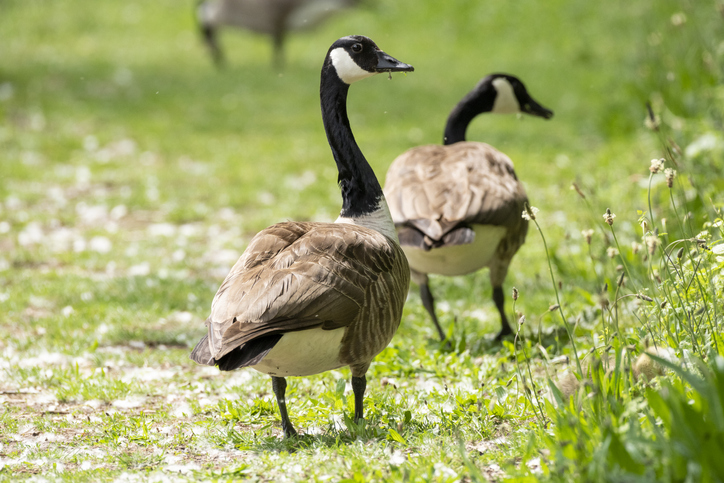
Canada geese are a familiar sight in parks and golf courses, known for their iconic V-shaped flight formations. While they may seem like gentle grazers, these birds can become aggressive, particularly during nesting season. Adult geese are fiercely protective of their offspring and will not hesitate to confront perceived threats. They have been known to hiss, chase, and even bite humans and animals that venture too close to their nests.
This territorial behavior can lead to conflicts in urban and suburban areas, where geese frequently nest. Their aggressive actions can cause injuries, especially to young children or pets who inadvertently approach them. Additionally, large flocks of geese can wreak havoc on landscapes, leaving behind droppings that damage grass and create unsanitary conditions. Canada geese are also known to pose risks at airports, as they can collide with aircraft, leading to hazardous situations. Despite their calm appearance, these birds have a wild side that’s best not provoked.
6. The Unexpected Sting of the Lionfish
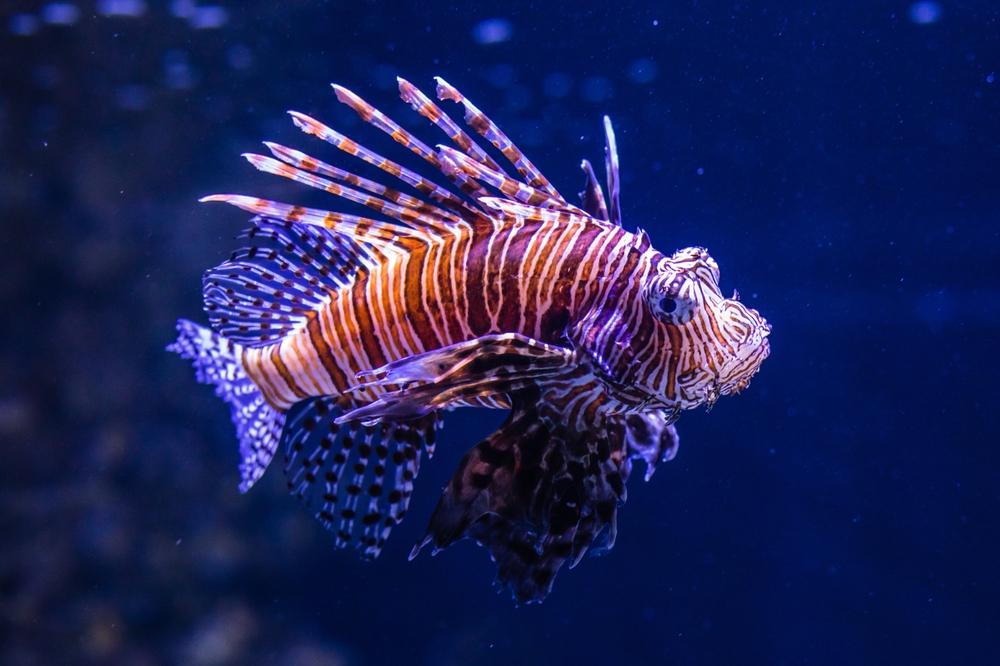
Lionfish are strikingly beautiful creatures, often admired for their vibrant colors and flowing fins. However, beneath their exotic exterior lies a formidable defense mechanism: venomous spines. Native to the Indo-Pacific region, lionfish have become an invasive species in U.S. waters, especially along the Atlantic coast. They pose a significant threat to divers and fishermen who may inadvertently come into contact with their sharp spines, which can deliver a painful and venomous sting.
The sting of a lionfish can cause intense pain, swelling, and in some cases, more severe reactions such as difficulty breathing and cardiovascular distress. Their presence in non-native waters also disrupts marine ecosystems, as they are voracious predators that can decimate local fish populations. This disruption can have cascading effects on the health of coral reefs and the broader marine environment. While they are captivating to look at, it’s crucial to approach lionfish with caution and respect their potentially dangerous nature.
7. The Defensive Snap of the Snapping Turtle
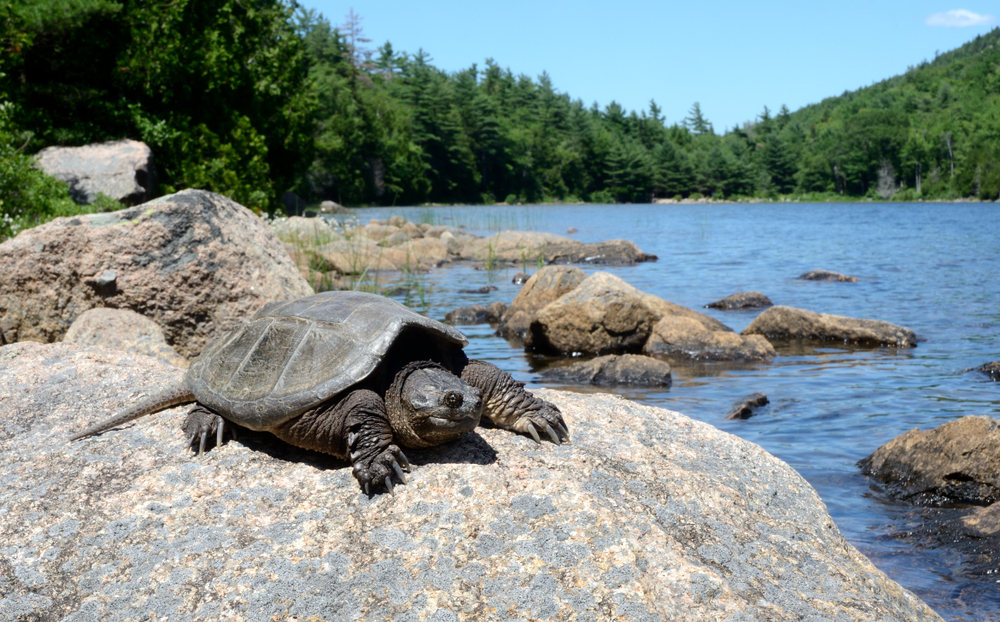
Snapping turtles are often encountered in ponds and lakes, recognized by their rugged shells and prehistoric appearance. Despite their seemingly slow demeanor, these turtles have incredibly powerful jaws and can deliver a painful bite when threatened. They are known for their aggressive defense tactics, snapping at anything they perceive as a danger. This behavior is particularly pronounced during the nesting season when females venture onto land to lay eggs.
While snapping turtles typically stay in the water, they can be encountered crossing roads or in residential areas near water bodies. It’s essential to exercise caution when interacting with them, as their bites can cause significant injuries. If you come across a snapping turtle, it’s best to admire it from a distance and avoid attempting to handle it. These ancient reptiles remind us that even the most seemingly placid creatures can have a fierce side when their territory or safety is at stake.
8. The Surprising Strength of the Wild Boar
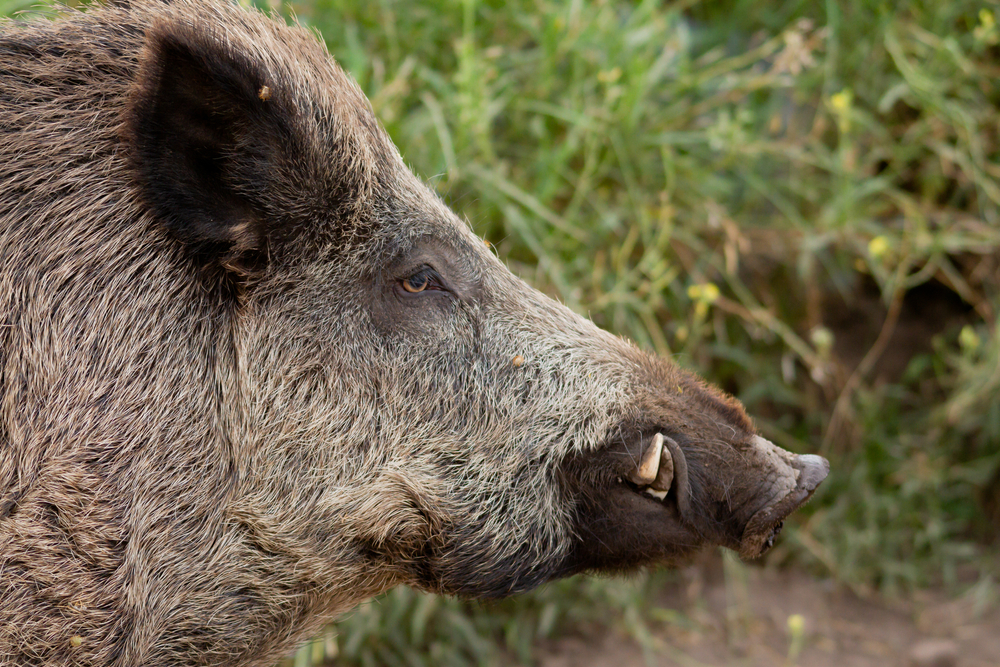
Wild boars, also known as feral hogs, are not native to the United States but have become widespread across numerous states. These animals are highly adaptable and can thrive in diverse environments, from forests to farmlands. They are notoriously destructive, often rooting up crops and damaging natural habitats. But beyond their environmental impact, wild boars can be surprisingly dangerous to humans and domestic animals.
Wild boars are equipped with sharp tusks and can charge at high speeds when threatened or cornered. Their aggressive behavior can result in severe injuries, often requiring medical attention. Encounters with wild boars are not uncommon in rural areas and can pose risks to hikers, hunters, and even motorists. The rapid proliferation of wild boar populations has led to increased conflicts with humans, highlighting the need for effective management and control measures. Their presence serves as a reminder that not all threats come from native wildlife.
9. The Unpredictable Nature of the Moose
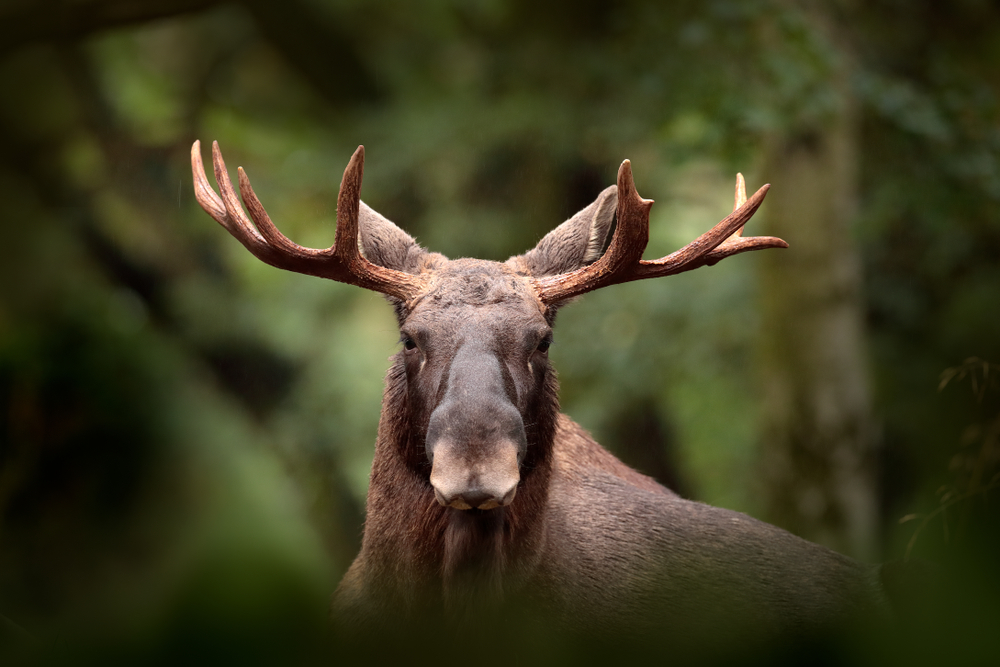
Moose are majestic creatures, known for their impressive antlers and towering size. While they may seem gentle, especially when spotted leisurely grazing, moose can be highly unpredictable and dangerous. They are the largest members of the deer family and can weigh up to 1,500 pounds. During the mating season or when protecting their young, moose become more aggressive and may charge if they feel threatened.
Encounters with moose can be perilous, particularly when people inadvertently approach too closely. Their powerful legs and hooves can inflict serious injuries, and they have been known to charge vehicles, causing accidents. Moose are often found in heavily wooded areas and near roadways, where they can become a hazard to motorists. It’s crucial to maintain a safe distance and respect their space, as these seemingly placid animals can quickly turn into formidable foes when provoked.
10. The Defensive Demeanor of the American Alligator
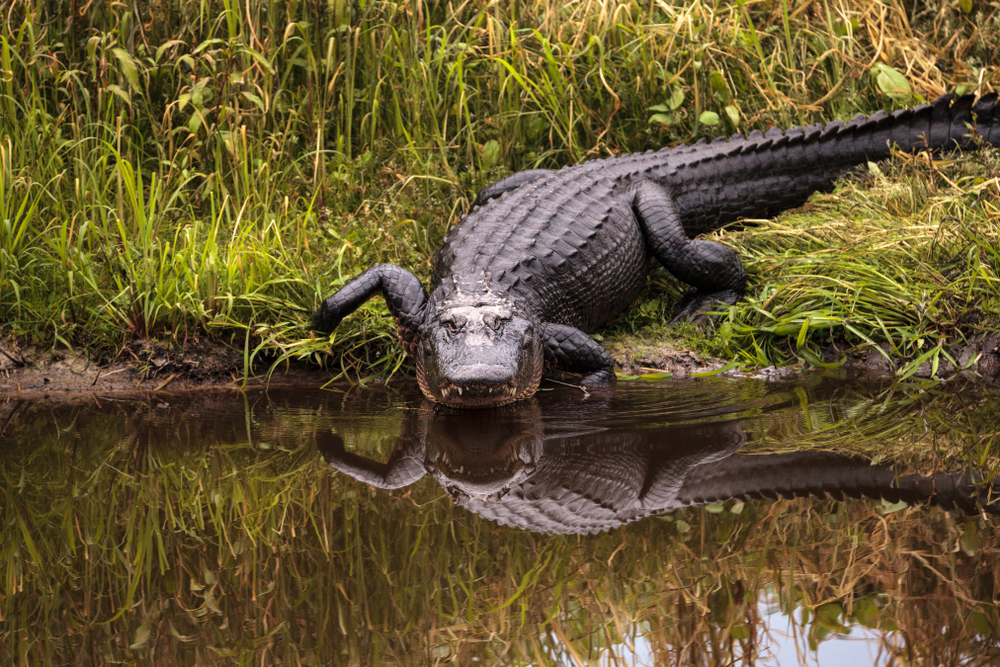
The American alligator is an iconic resident of the Southeastern United States, often seen basking in the sun along waterways. While alligators are generally wary of humans and prefer to avoid confrontation, they can become aggressive if threatened or provoked. Alligators are particularly dangerous during nesting season, when females fiercely guard their nests and young. They can launch rapid and powerful attacks, using their strong jaws to deliver crushing bites.
Human-alligator interactions are more likely in areas where development encroaches on their natural habitats. This can lead to encounters in unexpected places, such as golf courses, backyards, and urban ponds. It’s essential to exercise caution and respect alligator warning signs and guidelines. Feeding or approaching alligators can increase the risk of aggressive behavior, posing a threat to both humans and pets. While they are fascinating creatures to observe, maintaining a respectful distance is key to ensuring safety.
